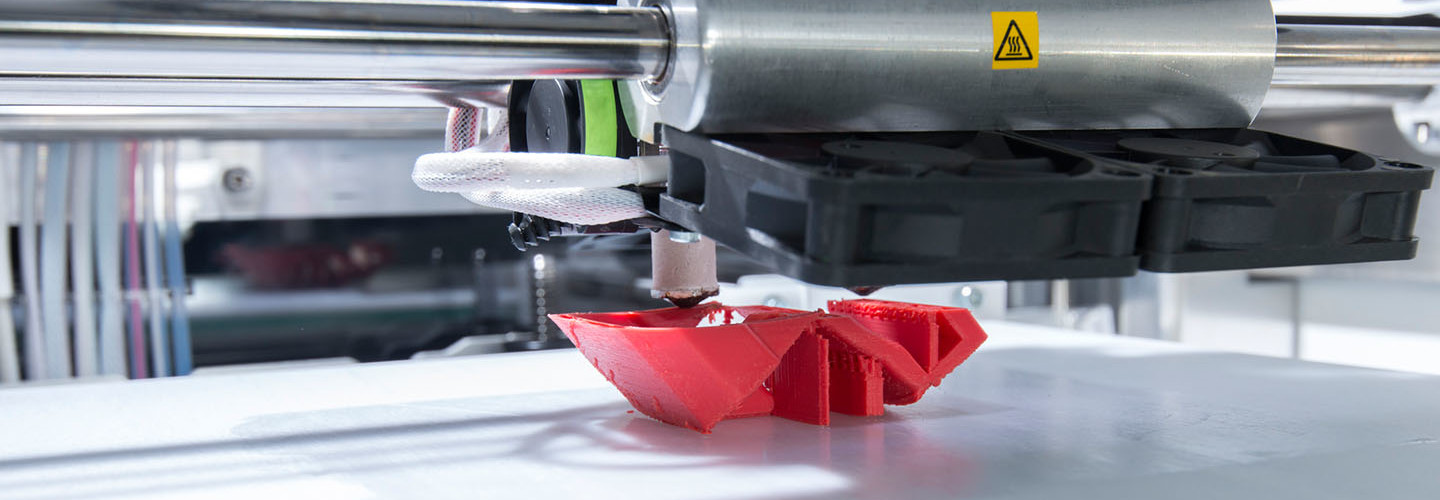Researchers Expose Possible Cybersecurity Risks in 3D Printing
Experts project that higher education and the manufacturing industry will invest hundreds of millions of dollars into 3D printing in the coming years, but new cybersecurity concerns might curtail that spending.
According to a recent paper authored by researchers at New York University, two aspects of 3D printing present potential risks to product quality: printing orientation and the addition of fine defects.
"These are possible foci for attacks that could have devastating impact on users of the end product, and economic impact in the form of recalls and lawsuits," Nikhil Gupta, a materials researcher and NYU associate professor of engineering, said in a statement.
While printer orientation has little impact on 2D printed objects, the team claims that malicious actors who furtively reorient the printer head can alter the strength of the 3D-printed object by up to 25 percent.
Researchers warn that this problem might even occur accidentally, should an additive manufacturer reorient the computer-assisted design to maximize the number of parts printed at once while minimizing the amount of material required.
Malicious actors can also weaken 3D-printed objects by inserting sub-millimeter defects between layers of printing material, researchers said; such flaws would go undetected by traditional monitoring methods, such as ultrasonic imaging.
In response, cybersecurity researcher and NYU engineering professor Ramesh Karri calls for additional research into 3D-printing security risks and defenses. "New cybersecurity methods and tools are required to protect critical parts from such compromise," he said in the statement.








